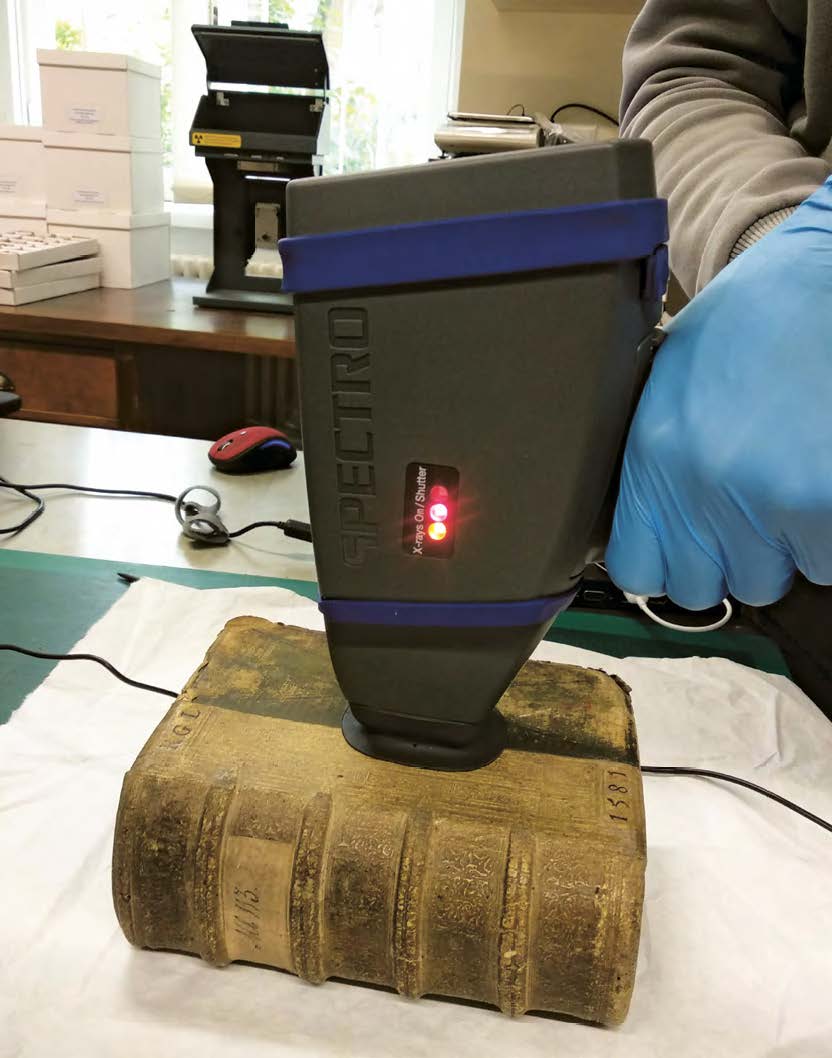Ettevaatust, mürgine! Arseeni sisaldavad renessanssköited Tartu Ülikooli raamatukogus
DOI:
https://doi.org/10.15157/tyrtar.v13i1.24238Abstract
Caution, Toxic! Arsenic-containing Renaissance Bindings at the University of Tartu Library
The paper discusses the historical use of arsenic-containing green pigments in bookbindings, particularly focusing on bindings from the 16th and 17th centuries. It is a well-known fact that arsenic-based pigments, such as emerald green, were in the 19th century widely used in various industries, including bookbinding, despite their toxic nature. However, recent studies have uncovered that specific German bookbindings from the late 16th and early 17th centuries, using fragments of older manuscripts, were sometimes coated with green paint containing arsenic sulphide mineral orpiment and indigo blue.
In 2022, the UT Library investigated five such bindings. The green-painted areas were analysed at the university’s archaeology lab using a portable X-ray fluorescence analyser (PXRF). The results revealed high arsenic content in all samples. The findings raise concerns about potential health hazards for those handling these books. Precautionary measures, including isolating the identified books and using protective gear, are now recommended. However, the fact that the use of toxic substances in bookbinding was not limited to Germany and the 16th/17th centuries points to the need to raise awareness and take precautions in historical book collections.
Downloads


